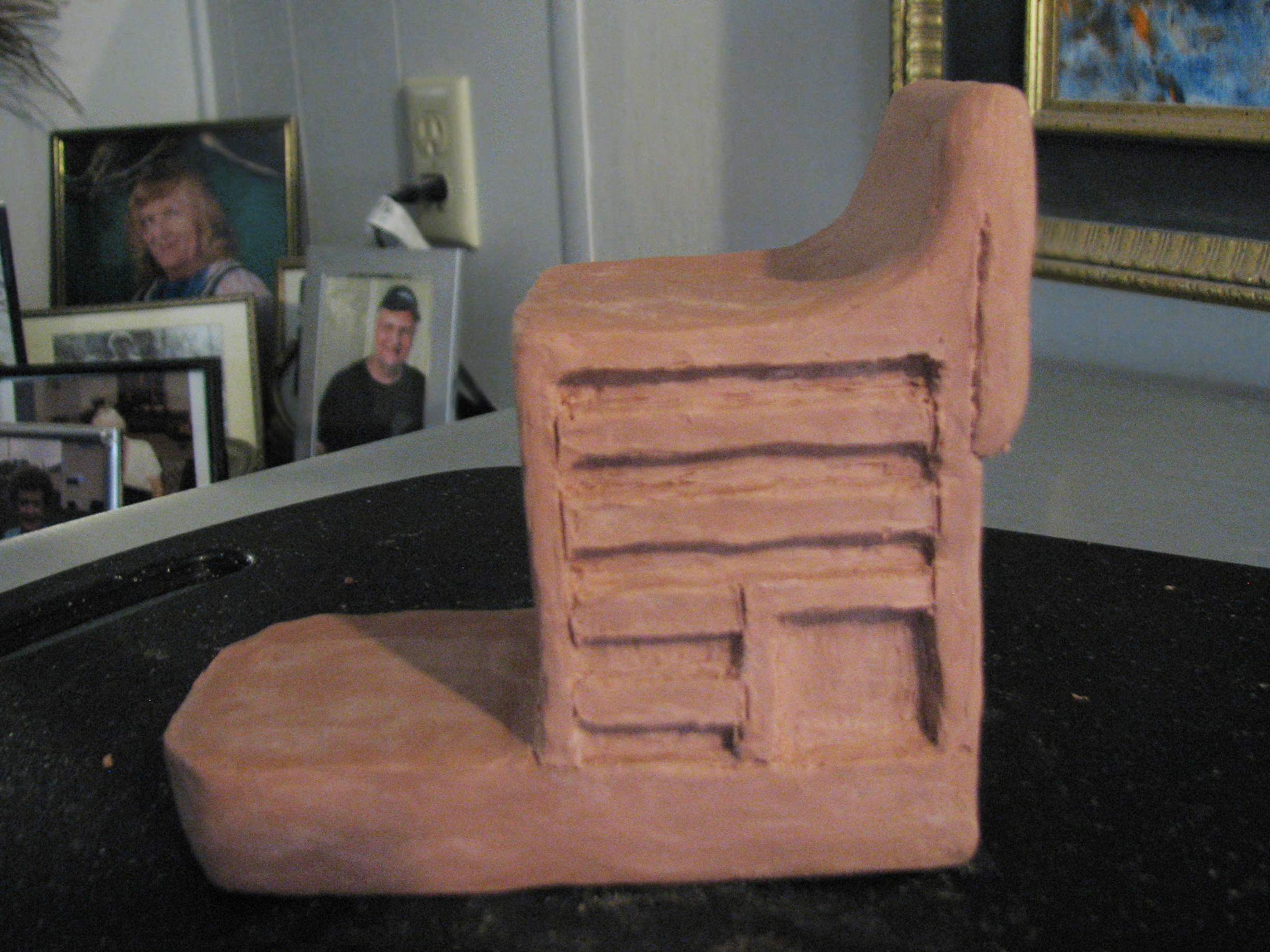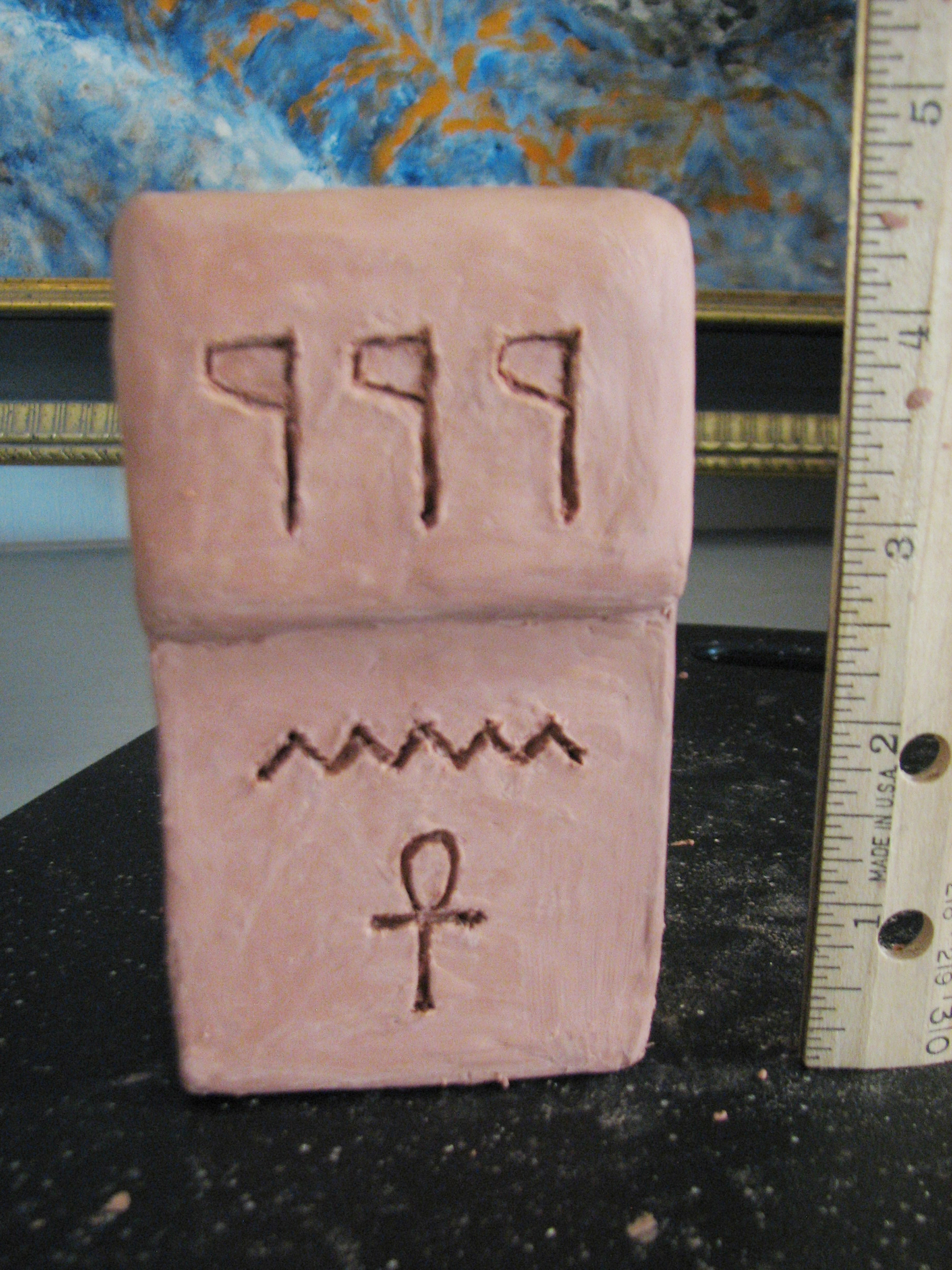
Next step is the inscription on the back. As this is a throne that could be used for the figure of any Egyptian deity, I wanted a general purpose statement.
While reading one of my Egyptology books, I learned of a name popular in the Old Kingdom era, NiankhHathor, "Life Belongs to Hathor":
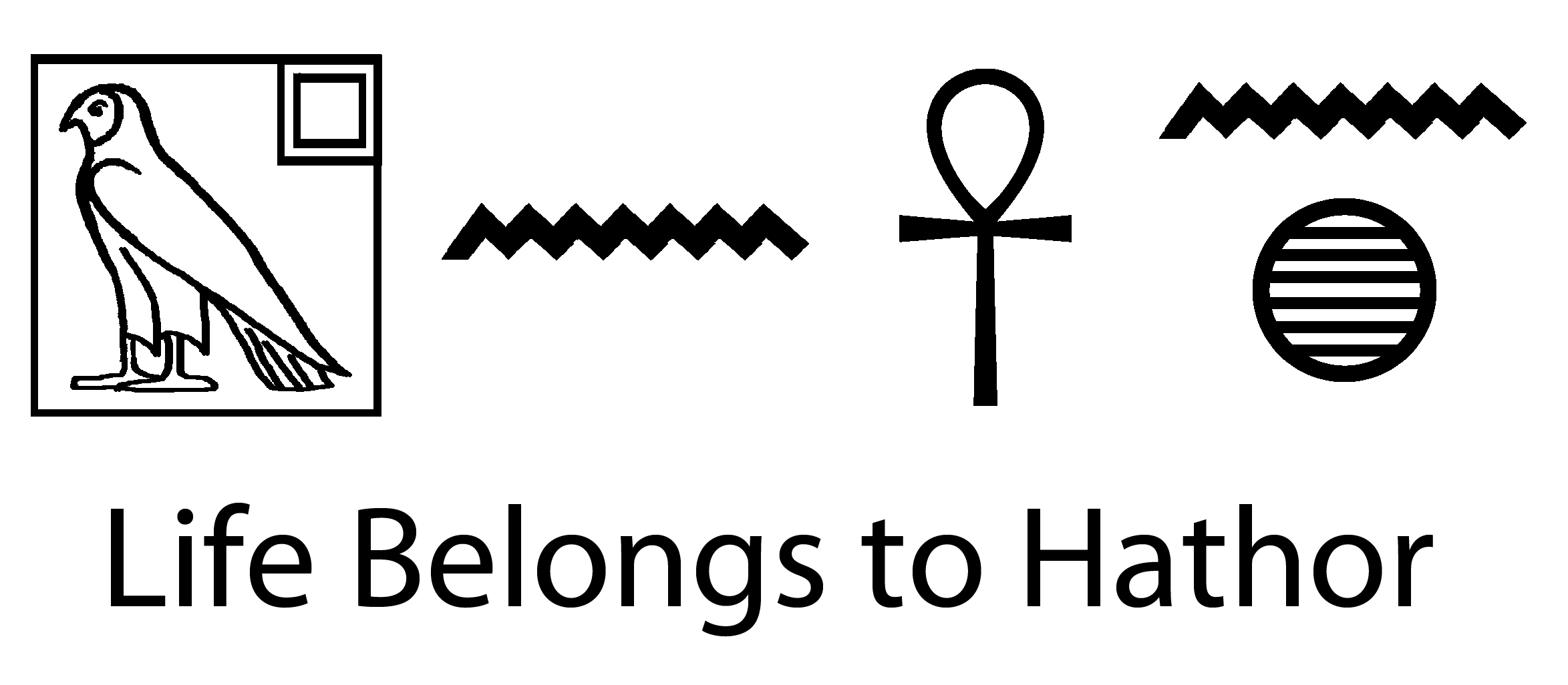

Sunday, May 14, 2017 C
Progress Report - Throne Hieroglyphs
3:36pm
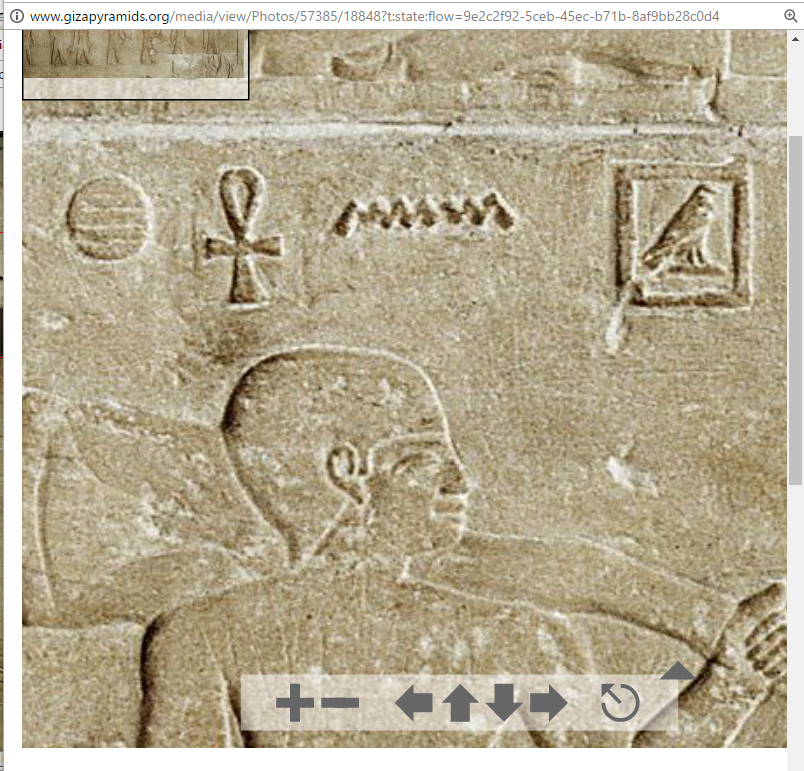 Example #1, tomb of Kaninisut, "register of offering bearers below, including Niankhhathor". The 'kh' glyph is included.
|
So I went with simple. For the Netjer flags, I originally only had the outlines. Julia said, "Oh, they look like nines." She belongs to a group called Triple Nine Society, so this association came readily to her. She thought if I made the inside of the flags recessed a bit, this would remove the look of nines.
I turned to the ancient engraver, Ramesses III, with his deeply incised glyphs at Karnak. Yes, the whole flag is cut back:
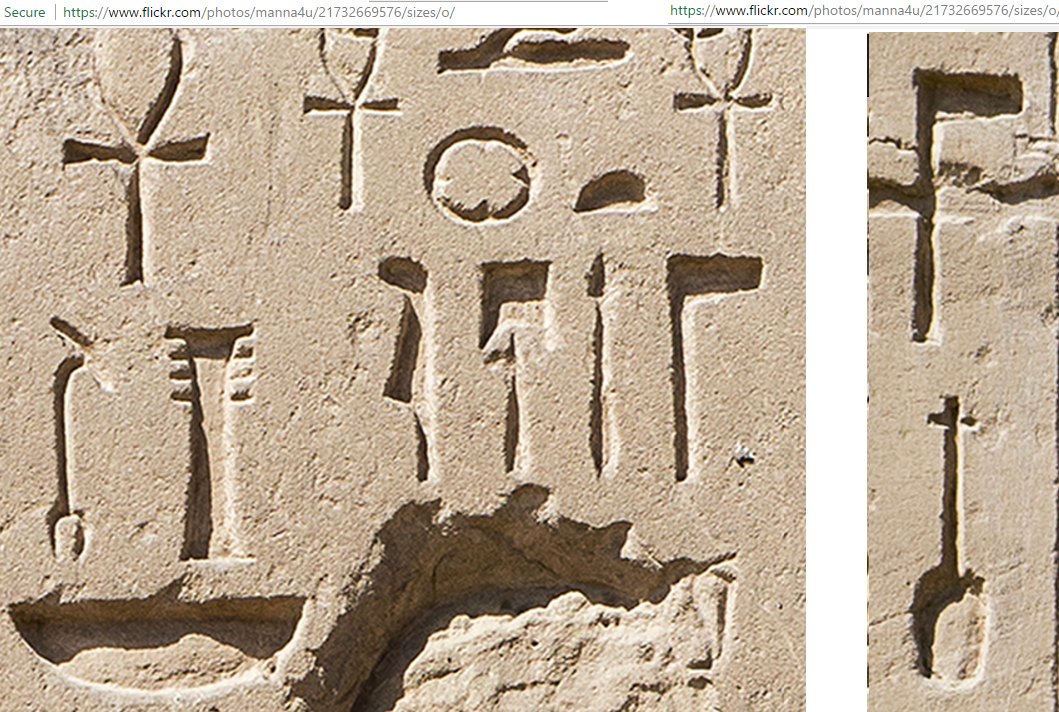
Excerpted from Cairoinfo4u's
panorama of the east exterior wall (southern half). He says Ramesses II did these engravings. Ramesses III's hieroglyphs are gouged in much deeper, as we can see in this example from Medinet Habu.
Maybe I should have carved a little deeper?
